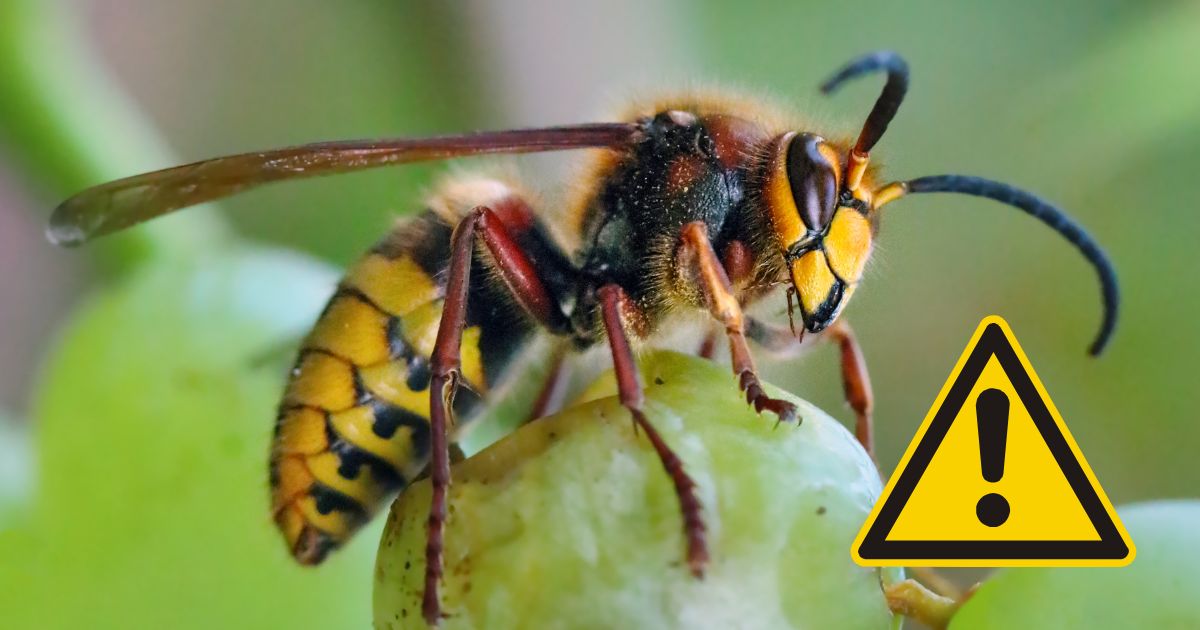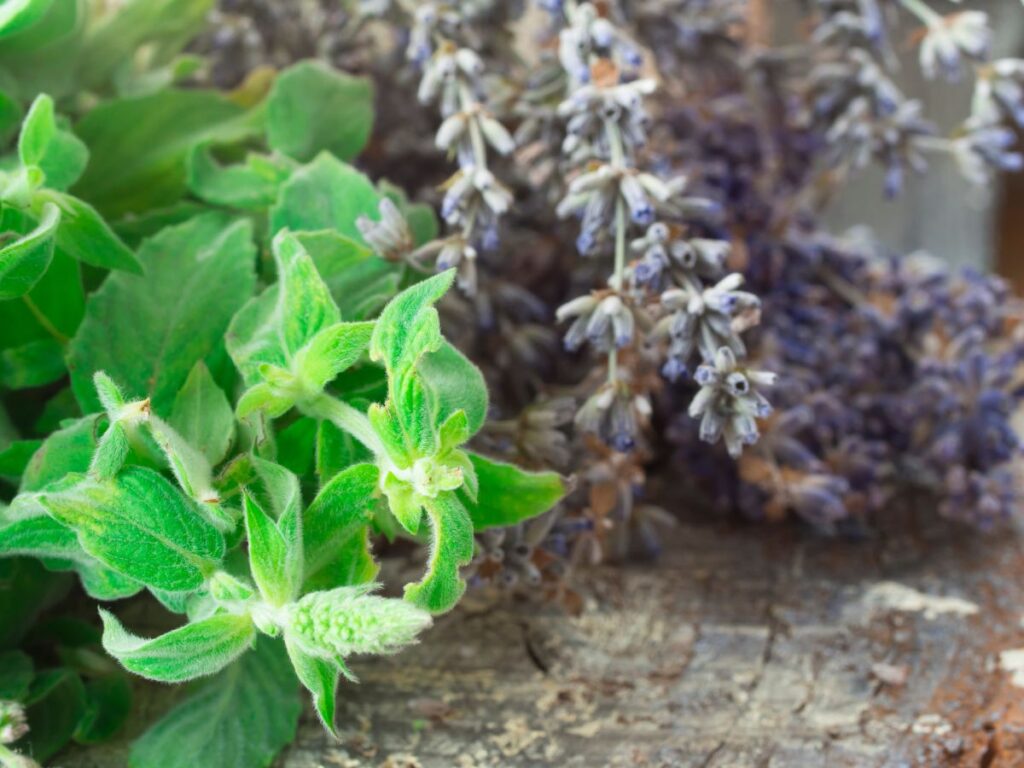Dealing with hornets can be a daunting task, especially given their aggressive nature and painful stings.
In this guide, we’ll explore essential strategies and tips to manage and coexist with hornets safely and effectively. From identifying hornet nests to protective measures you can take, here’s everything you need to know to handle these buzzing visitors.
Identify Hornet Species
Understanding the specific type of hornet you are dealing with is crucial for effective management. Hornets, a subset of wasps, can vary significantly in size, color, and behavior.
The European hornet, for example, is larger and can be identified by its reddish-brown and yellow stripes. In contrast, the Asian giant hornet, often called the ‘murder hornet,’ is notably larger with orange and black markings.
Proper identification not only aids in assessing the potential threat but also informs the approach you will take in resolving the issue. Knowing your enemy is half the battle won, and with hornets, this is particularly true.
Familiarize yourself with local species by utilizing online databases or consulting with local entomologists. This knowledge will empower you to take decisive and informed action in your hornet management efforts.
Locating the Nest
Finding the hornet’s nest is a critical step in managing a hornet problem. Hornets build their nests in sheltered locations, often under eaves, in trees, or even underground.
Observing the flight path of hornets as they come and go can provide clues to the nest’s location. Early morning or late afternoon are optimal times for observation, as hornets tend to be more active during these periods.
It’s important to maintain a safe distance and use binoculars if necessary, to avoid provoking them. Once you’ve located the nest, assess its size and accessibility. This will help in deciding if professional removal is necessary.
Remember, approaching a hornet’s nest can be dangerous and should be handled with caution and proper protective gear if attempted.
Safety Precautions
Safety should be your top priority when dealing with hornets. These insects are known for their painful stings and can become aggressive if threatened.
Wearing protective clothing, such as a bee suit with a face shield, is essential if you plan on approaching the nest. Additionally, ensuring that you have a clear escape route is crucial in case the hornets become hostile.
Avoid making loud noises or sudden movements, as these can trigger an attack. If you are allergic to hornet stings, it is imperative to have an EpiPen on hand and to avoid direct contact with the hornets altogether.
Consulting with a professional pest control service is highly advisable for those who are inexperienced or uncomfortable dealing with hornets directly.
Natural Deterrents
© Canva
Using natural deterrents can be an effective way to keep hornets at bay without resorting to chemical insecticides.
Certain plants, like lavender, mint, and citronella, are known to repel hornets due to their strong scents. Planting these around your garden can create a natural barrier. Additionally, homemade traps using sugar water and vinegar can lure hornets away from populated areas.
These traps should be placed at a safe distance from human activity to minimize encounters. Regularly maintaining these traps and plants can significantly reduce the presence of hornets in your vicinity.
Natural deterrents offer a proactive way to manage hornet activity while minimizing harm to the environment and other beneficial insects.
Professional Extermination
© Canva
In cases where hornet nests are large or located in difficult-to-reach areas, professional extermination may be necessary.
Pest control experts are equipped with specialized tools and protective gear to safely and effectively remove hornet nests. They can assess the situation and determine the best course of action, whether it involves removing the nest or applying targeted insecticides.
Hiring a professional ensures that the nest is dealt with thoroughly, minimizing the risk of hornet aggression or re-infestation.
This approach is particularly advisable for individuals who are allergic to hornet stings or who have large nests near residential areas. Investing in professional services provides peace of mind and ensures the safety of both people and property.
Preventing Future Infestations
Preventing hornet infestations involves a combination of vigilance and proactive measures. Regularly inspecting your property for potential nesting sites, such as under eaves or in attics, can prevent hornets from establishing a foothold.
Sealing cracks and crevices, particularly around windows and doors, can also deter hornets from entering your home. Maintaining a clean and clutter-free environment reduces attractants like food scraps and garbage.
Additionally, educating family members about hornet behavior and safety can further minimize risks.
Implementing these preventive strategies creates a hostile environment for hornets, reducing the likelihood of future infestations and ensuring a safer living space for you and your family.
Understanding Hornet Behavior
A comprehensive understanding of hornet behavior can aid significantly in managing and preventing hornet-related issues.
Hornets are social insects that live in colonies led by a queen, and their primary activities include foraging for food and expanding their nests. Recognizing these patterns can help in predicting their movements and identifying potential threats.
During late summer and early fall, hornets become more aggressive as they seek out sweet foods to sustain their colony. Being aware of this seasonal behavior can help in implementing timely deterrents.
Furthermore, understanding that hornets are generally defensive rather than aggressive by nature can inform your approach in dealing with them.
By learning about their life cycle and habits, you can coexist more peacefully with these insects, minimizing conflicts and promoting a balanced ecosystem.







